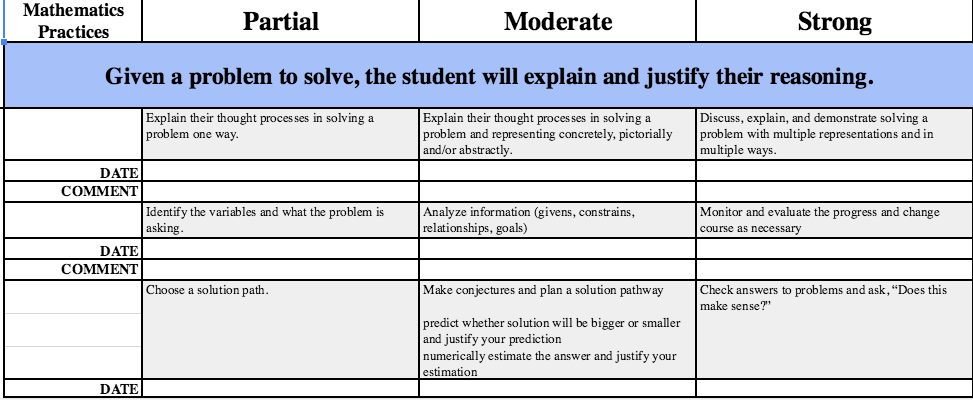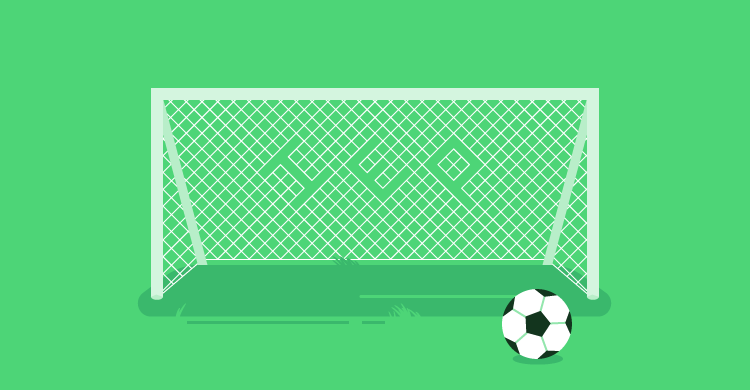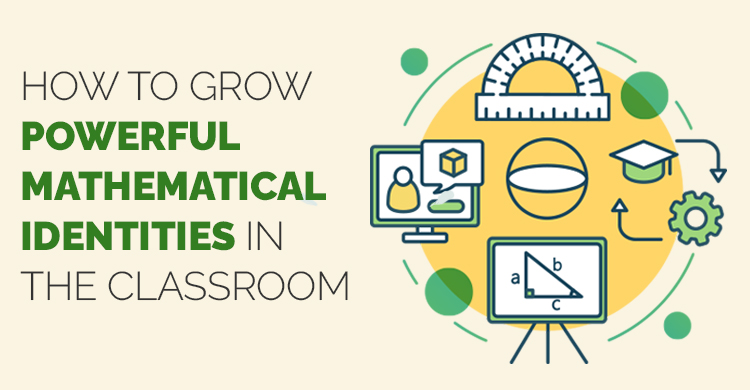How do you address the needs of struggling learners and students with Individualized Education Plans (IEP) in your math classroom? By leveraging the Standards for Mathematical Practice (NGA and CCSSP, 2010) during the IEP goal setting and objective writing process, we were able to help all of our students in the Howard County Public School System (HCPSS) make meaningful gains in mathematics learning. In this blog, we want to briefly share the essential elements of an IEP goal-setting tool that is transforming instruction for our students receiving special education services.
Traditionally, IEP goals and objectives have focused only on developing student fluency with operations. The prevailing thought, now described as a myth, was that students could not engage in mathematical problem solving if they did not understand their basic facts. A collaborative team, led by Joyce Agness and Kym Craig, set out to shift the conventional thinking from a focus on fluency with basic facts to a focus on fluency with the learning behaviors defined by the Standards for Mathematical Practice. The team wanted to strengthen a student’s capacity to solve any mathematics problem they encountered.
The result of the collaboration was a tool that guides special educators through the development of student goals and objective that focus on a student’s long-term mathematics learning. The focus on learning behaviors is shifting our special educator’s thoughts about supporting mathematics instruction. Instead of mathematics viewed as a disconnected set of skills to be memorized, our teachers are viewing problems as puzzles with multiple solution paths and high levels of critical thinking. Additionally, teachers are reporting that the scaffolding of the behaviors helps determine exactly where student skill levels lie and how to adjust instruction to advance their mathematical abilities. So, for the first time, IEP goals and objectives are aligned to the everyday instruction meaning that our students are pulled out of first instruction far less frequently.
In regards to monitoring, the tool is designed to help teachers easily collect both quarterly and longitudinal data for each student in grade 3-8. One teacher stated, “I feel like we are finally focused on working on our student’s thinking and reasoning skills. This focus will serve our students better, not just in math class, but in every class.”
The innovative work of a few educators working collaboratively to benefit our students receiving special education services, has the potential of improving the learning of all students.

References:
National Governors Association Center for Best Practices & Council of Chief State School Officers. (2010). Common Core State Standards for Mathematics. Washington, DC: Authors.
“The Standards for Mathematical Practice describe varieties of expertise that mathematics educators at all levels should seek to develop in their students.” (NGA and CCSSO, 2010)
[author_bio id=”45″]






